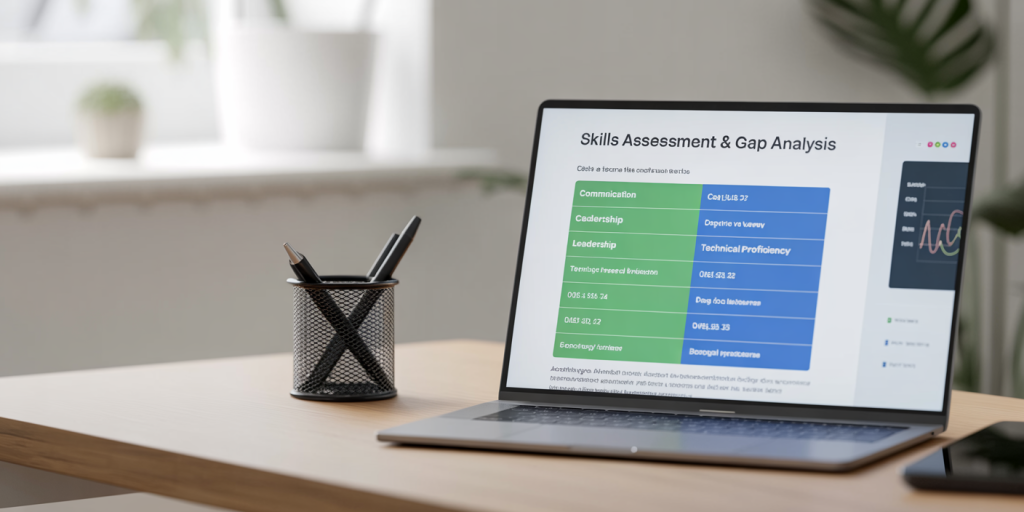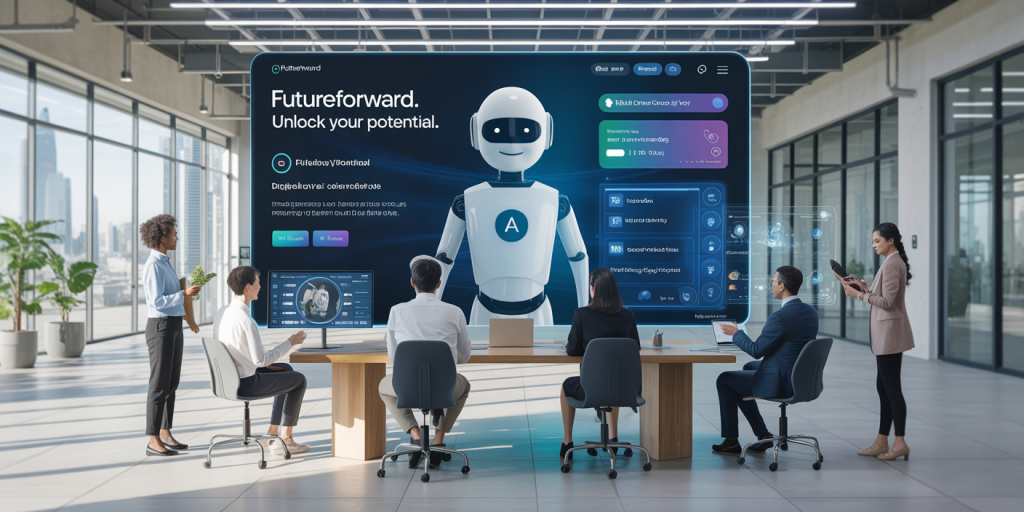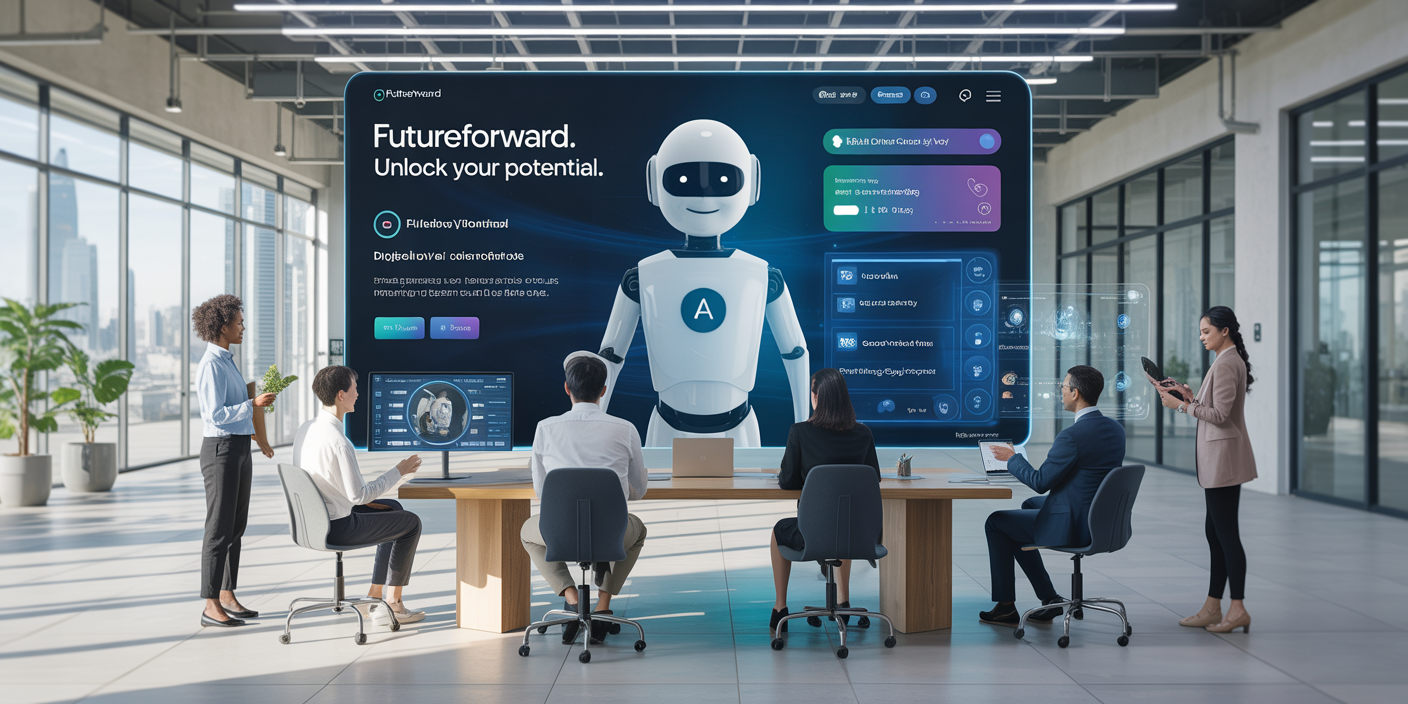Career growth in today’s dynamic work environment requires thoughtful planning and proactive management. A Personal Development Plan (PDP) acts as a roadmap to achieve professional goals, enhance skills, and navigate career challenges. By systematically identifying strengths, weaknesses, and opportunities, individuals can maximize their potential and make informed decisions regarding their career trajectory. This article delves into the essence of creating a robust Personal Development Plan, outlines practical methods for crafting one, and highlights its benefits using real-world examples and data to support the process.

Understanding the Importance of a Personal Development Plan
Personal Development Plans provide structure and clarity, helping professionals align their career aspirations with actionable steps. According to a 2022 survey by LinkedIn Learning, 74% of employees believe that career development opportunities are a critical factor in job satisfaction and retention. Without clear goals and milestones, career progression can become stagnant or directionless, decreasing motivation and productivity.
For instance, a marketing specialist named Sarah, who lacked a structured plan, found herself stuck in the same role for five years. After creating a comprehensive PDP focusing on digital skills acquisition and networking, she secured a promotion to Marketing Manager within two years. Sarah’s example underscores how integrating a plan into career management elevates focus, reduces uncertainty, and accelerates advancement.
Moreover, employers increasingly value candidates who demonstrate self-awareness, continuous learning, and goal orientation. A well-crafted Personal Development Plan showcases commitment to growth and enhances professional credibility.
Setting Clear Career Goals: The Foundation of Your PDP
Defining clear and realistic career goals is the cornerstone of any Personal Development Plan. Start by reflecting on your long-term aspirations and short-term ambitions. The SMART criteria (Specific, Measurable, Achievable, Relevant, Time-bound) provide a valuable framework. For instance, instead of a vague goal like “improve leadership skills,” specify, “complete a leadership certification within six months and lead a team project.”
Research from the Dominican University of California indicates that people who write down their goals are 42% more likely to achieve them than those who do not. This data highlights the power of concretizing ambitions to increase accountability and focus.
To illustrate, consider James, a software engineer wanting to transition into project management. His PDP includes goals like acquiring PMP certification within one year, attending monthly project management seminars, and mentoring junior colleagues on agile practices. By explicitly articulating goals, James creates measurable milestones to track his progress, ensuring continual development.
A useful tool is to maintain a goal-setting journal or digital tracker, regularly updating achievements and revising objectives as needed. This ongoing process maintains motivation and adaptability.
Assessing Current Skills and Identifying Gaps
Conducting a thorough skills inventory is essential to identify where you stand and what areas need improvement. This involves self-assessment, seeking feedback from peers or supervisors, and benchmarking against industry standards.
For example, Emma, an HR professional, used a 360-degree feedback tool which revealed her strengths in employee engagement but gaps in data analytics. In response, she incorporated learning courses in HR analytics and data visualization into her PDP to address these deficiencies.
To facilitate assessment, use comparison tables like the one below to evaluate skills:
| Skill Category | Current Level (1-5) | Desired Level (1-5) | Action Plan |
|---|---|---|---|
| Communication | 4 | 5 | Attend public speaking workshops |
| Technical Proficiency | 3 | 5 | Complete coding bootcamp |
| Leadership | 2 | 4 | Enroll in leadership development |
| Time Management | 3 | 5 | Use task management software |
This structured approach helps highlight priority areas that require focused attention.
Moreover, understanding skill gaps allows professionals to seek targeted learning opportunities such as certifications, workshops, or on-the-job training, making development efforts efficient and aligned with career objectives.
Filling the Gaps: Strategies for Skills Development
Once gaps have been identified, the next step is selecting the best strategies for skill enhancement. These can be formal or informal learning methods, including online courses, professional certifications, mentorship, networking, or experiential learning through challenging assignments.
A 2023 survey by the World Economic Forum reported that technical, social, and cognitive skills are all in high demand. For instance, professionals in marketing sectors often combine data analysis skills with creative storytelling. An example is Luis, a content strategist who supplemented his creative background with data analytics training through platforms like Coursera and LinkedIn Learning, resulting in a 30% increase in audience engagement metrics at his firm.

Mentorship programs are equally valuable. Partnering with an experienced mentor provides insight, guidance, and feedback. Maria, a finance analyst, leveraged mentorship to navigate complex industry standards and advanced her career by learning directly from professionals with decades of experience.
Time management is crucial to balance regular work with development activities. Allocating specific weekly slots for learning, combined with tracking progress, helps sustain momentum.
Monitoring Progress and Adjusting Your Plan
A Personal Development Plan is a living document and requires consistent evaluation. Set regular checkpoints—monthly, quarterly, or biannually—to review progress against goals. These reviews should be used to celebrate milestones, identify obstacles, and recalibrate objectives accordingly.
For example, Alex, a healthcare administrator, initially aimed to complete a project management course within six months but realized mid-way that job demands required flexibility. By revising the timeline and extending the course duration, Alex managed to complete the certification without compromising work quality.
Key performance indicators (KPIs), such as new skill acquisition, certifications earned, promotions received, or expanded responsibilities, provide tangible measures of success.
The following table contrasts stagnant career development vs. active PDP monitoring:
| Aspect | Without PDP Monitoring | With PDP Monitoring |
|---|---|---|
| Goal clarity | Ambiguous | Clear and updated |
| Motivation | Often wanes | Maintained through feedback |
| Skill development | Sporadic | Targeted and consistent |
| Career advancement | Slow or stalled | Accelerated |
| Adaptability | Low | High |
Consistent reflection and flexibility ensure that the plan remains relevant amidst the evolving job market and personal circumstances.
Looking Ahead: Future Perspectives in Career Development Planning
As workplaces become more technologically integrated and roles evolve rapidly, Personal Development Planning will gain even greater prominence. The rise of artificial intelligence (AI) and automation demands ongoing upskilling and adaptability. According to the World Economic Forum’s Future of Jobs Report 2023, by 2025, 50% of all employees will need reskilling to remain relevant in their roles.
Future PDPs are likely to incorporate digital tools like AI-driven career coaches, personalized learning platforms, and real-time skills analytics to create customized development pathways. This technology can identify market trends, skill demands, and tailor recommendations accordingly.

Furthermore, remote work and gig economy dynamics require professionals to continuously update portfolios and expand networks beyond traditional boundaries. A study by Gallup revealed that 54% of remote workers reported increased opportunities for learning and development, highlighting new avenues for career growth.
Cultivating a growth mindset, backed by a well-structured Personal Development Plan, positions individuals to seize these emerging opportunities proactively. Employers may also increasingly integrate employee PDPs into performance management systems, fostering a culture of lifelong learning.
In conclusion, creating and consistently updating a Personal Development Plan is an essential strategy for navigating modern career landscapes. By setting clear goals, assessing skills, filling gaps, and monitoring progress, professionals can attain sustainable career growth and job satisfaction.

Deixe um comentário